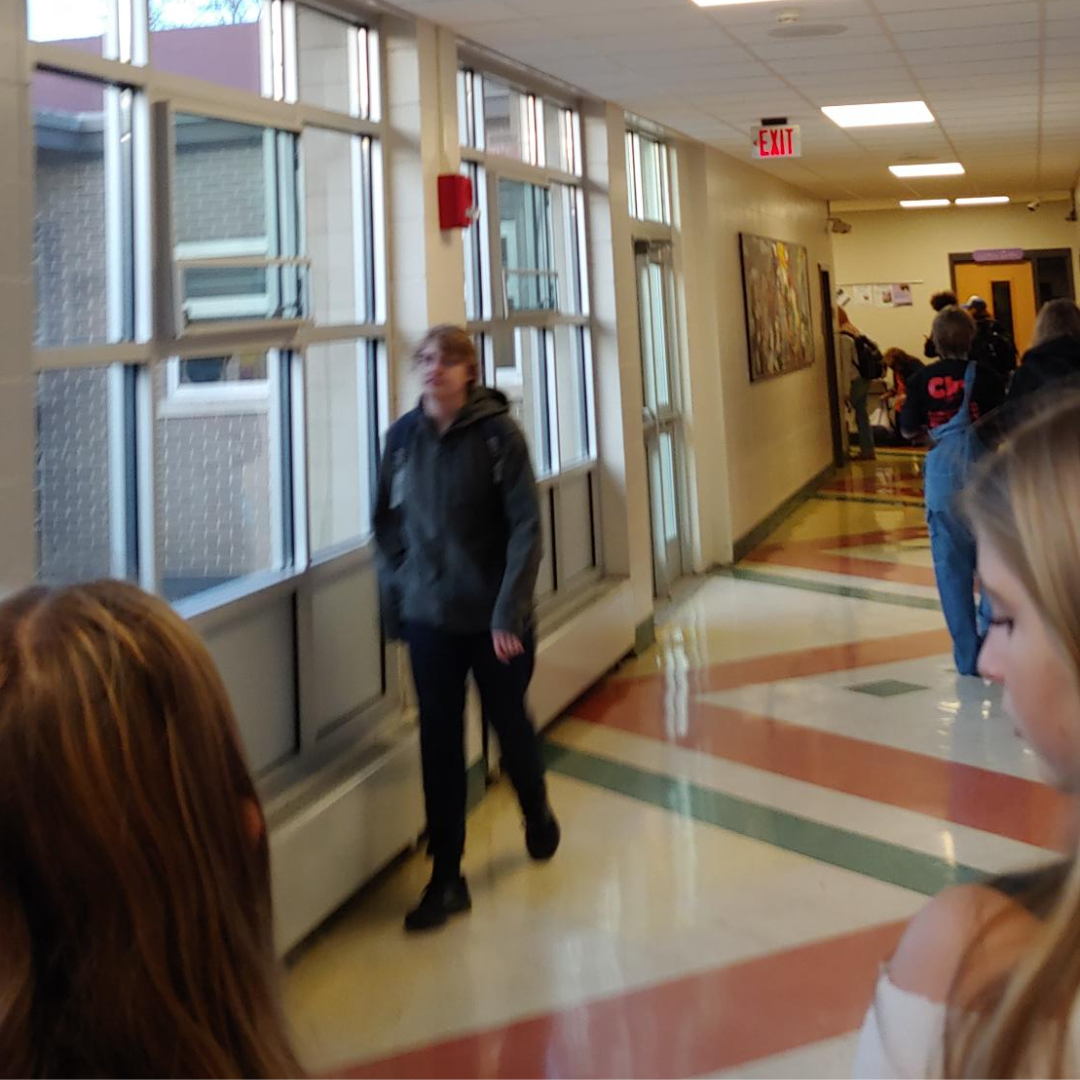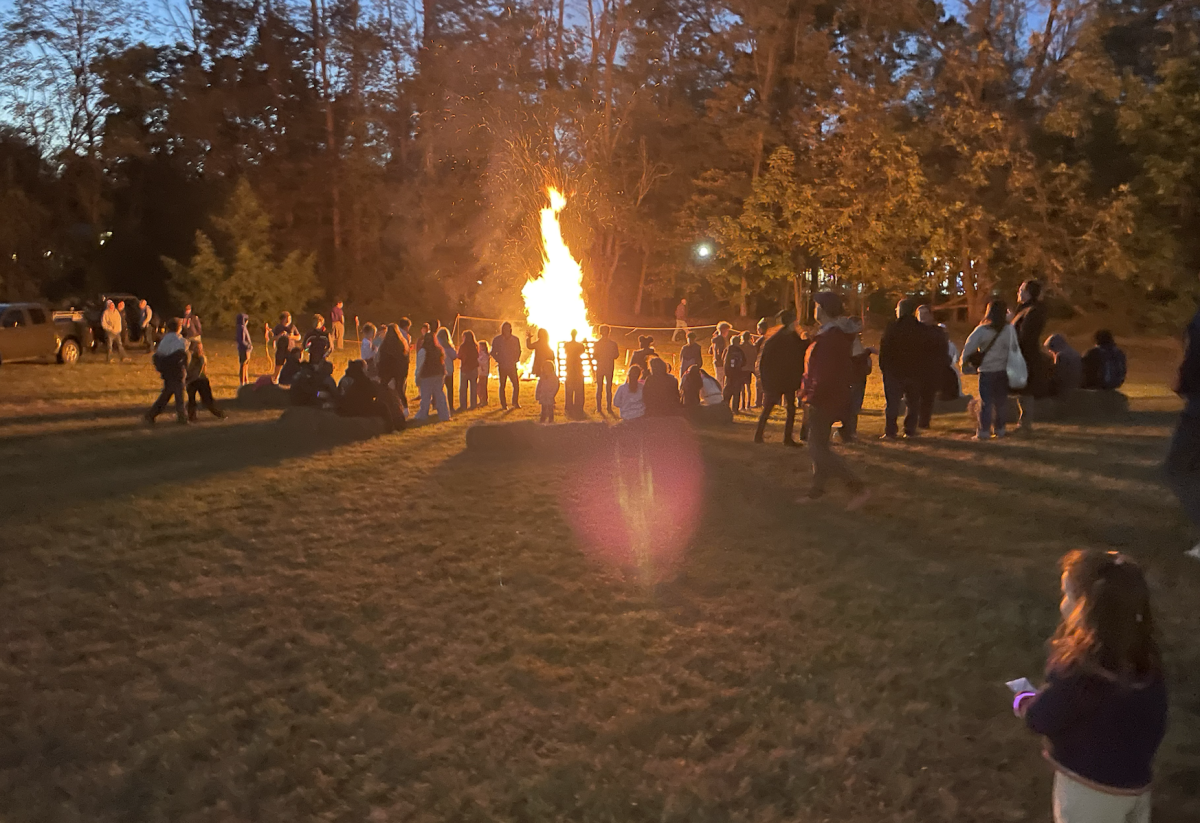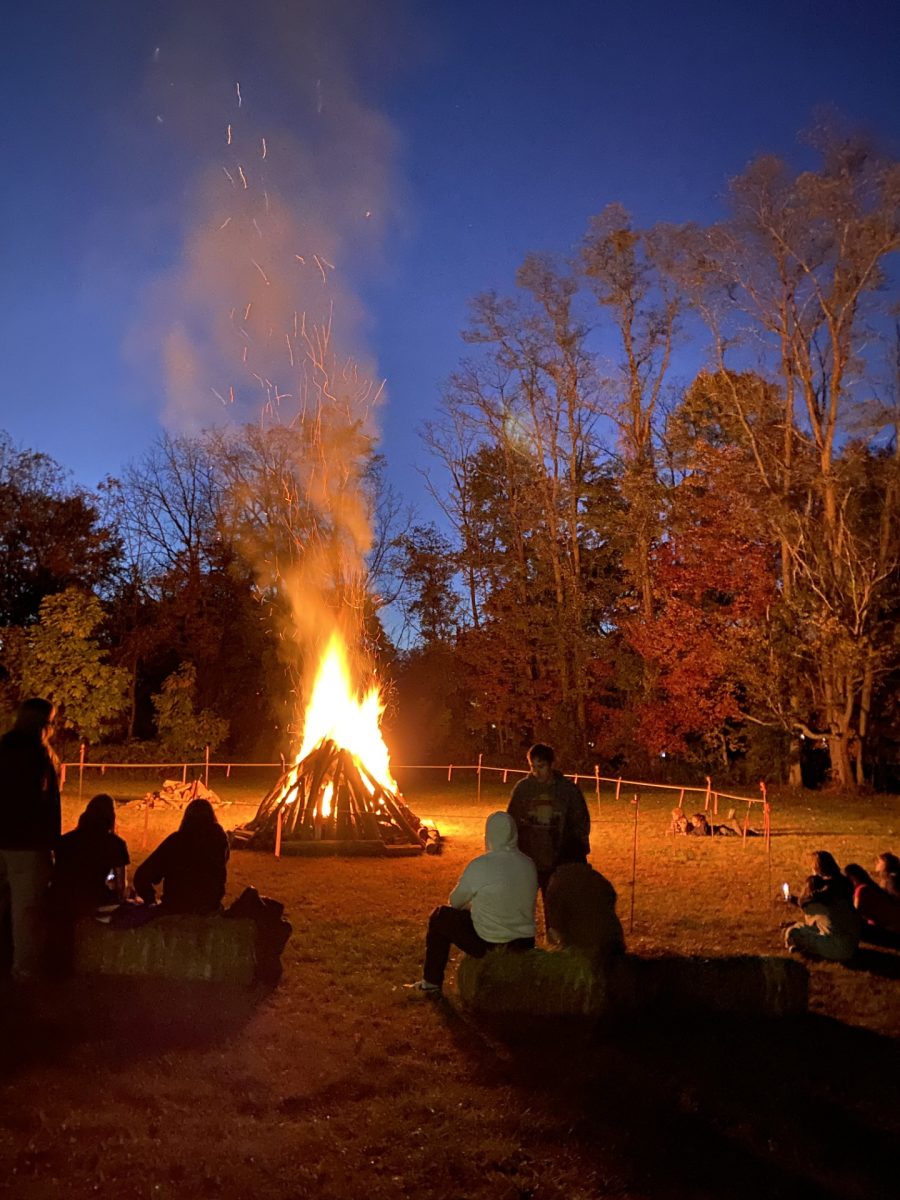At the end of last school year, some dreams and other’s worst nightmares were confirmed: RHS was officially going to change its schedule. A highly debated topic throughout the past two years, the schedule was finalized and approved after lots of back and forth, including trips to observe other schools’ schedules, meetings with representatives, and thoughtful revision. As students left for the summer, they knew that the decision was made, but they weren’t sure how it was going to function.
As the school year approached, more information was sent out. With video tutorials and schedule layouts, the complete confusion whittled down to a mild questioning of how everything was going to look. But what, a quarter in, do the student population, and the faculty, think of this adventurous schedule?
Community Lunch
One of the biggest deciding factors for the schedule change was comm-unity lunch. “I think the freedom that the students have during Community Lunch is really impor-tant…” comments Ed Davenport, building principal. Within the 53 minutes of community lunch, students have the ability to eat anywhere on campus, including outside, and attend a variety of club meetings and “lunch-and-learn” activities. Juniors and seniors are even able to leave the building.
Sheila Garguilo, an RHS freshman shares, “I know [my friends and I] were terrified of being split up for different lunch periods,” a sentiment which many upperclassmen have also felt throughout their high school career. The opportunity to be together and join clubs that they wouldn’t otherwise be able to (due to sports and other responsibilities) has been the clear winning aspect of this schedule change.
Students aren’t the only ones enjoying this new lunch, as the faculty is loving seeing how engaged and joyful the students are during this block. They’ve also used this chunk of shared time to do what they weren’t able to before: including meeting with students, having programs like Señor’s “Café Pescador” (an opportunity for students to practice their Spanish outside of class), and having students retake/finish tests, no longer having to coordinate it based on study halls.
Even with these positives, one of the biggest pieces of negative feedback has been the lunch line. Often reaching all the way past the 140-wing bathrooms, the line has been a cause of stress for students who then have somewhere else to be, and just in general. “There’s so many people, and BOCES kids have to run. We can’t wait in that line,” reflects Anna Quattrone, junior and member of the BOCES program as of this year. Still, students have commented that in general the line isn’t as bad as they’d thought it would be (though it seems the bar was low), so this might be able to be resolved with some sort of priority serving system.
Rotating Periods
Another highlighted opportunity in the deciding process was the possibility of rotating periods. The administration hoped this would benefit students and be less frustrating for teachers as students who tend to arrive late wouldn’t be missing the same class every day. While that has been a positive, and some students have enjoyed the freshness of having more difference in their days, a few key negatives have been pointed out.
For one, students are still having trouble figuring out what classes they have for the day, even 10 weeks in. ”Every morning I have to get up and check: ‘what classes do I have today?’ Do I have this? Do I have that? I don’t know,” shares Holly Roberts, RHS sophomore. Even though the letter for the day is announced in the morning, students have resorted to setting their schedules as the lock screen on their phone, taping their schedules to the inside of their laptop, and/or laminating them to keep in their bag.
It’s not just students though, as teachers have had difficulty remembering too. “It’s still taking my brain to wrap around the rotating [classes, but] I’m getting better at it,” commented Christine Bacarro, a math teacher at RHS.
In addition, students and teachers have had difficulty with the classes dropping, one reason for this being the placement of exams. Sophomore Maddox Gallagher shared “If you don’t have a class before a test or something then you can have no review before it.” Furthermore, another issue that has come up is what happens when you miss class. “I’m starting to find it kinda challenging when maybe a student is absent because they’re sick or have a field trip, and then there’s a half day or a delay day, and then there’s a day where I don’t see them at all, so more recently [I’ve noticed] that there can be a week where I don’t see a student,” shares Melissa Mincher, science teacher at RHS. While this has been an issue in the past, it seems to be exacerbated by the schedule change.
Study Halls
The next topic of discussion is study halls. A break that is in theory intended to complete academic work has now become very different experiences for upper and underclassmen.
Upperclassmen have the new ability to leave campus during their study halls, no longer just with late arrival and early dismissal at the beginning and end of the day. If they remain in their study hall, they have all the opportunities they had before (to visit an available teacher, head to the library, and/or go to a music lesson), and they still retain the ability to use their phones during this break (if the space allows it – the library for one does not). While this has been an immense positive of the change highlighted by these students, it looks very different for underclassmen.
Freshman and sophomores are not able to use their phones during study halls, and as reported by multiple freshmen, they have been encouraged to “find work” even if they finish everything else. “I understand the phone thing, but I feel like they shouldn’t be so strict about doing work because we have the time,” shares Piper Martin. While upperclassmen have found their freedom exciting, it’s important to realize that underclassmen aren’t having the same experience simply by design, a reminder expressed by a number of the senior class.
An interesting phenomenon which has occurred due to this schedule is having three free blocks in a row. While some students have enjoyed this break to in some cases even go home, those who aren’t able to (even as an upperclassmen you aren’t able to leave without parental permission or go far without access to a vehicle) have been frustrated by it. Teachers on the other hand are definitely enjoying the time, as Matthew Fisher (“Señor”) shared, “I enjoy having a long chunk of time to prep, to grade, to have meetings with colleagues and eat lunch, I’m not rushing…And sometimes I’ll have to prep blocks back to back so I’ll have two hours where I can really sit down and get a lot of work done.”
54-Minute Classes
With discussions about the schedule comes discussions about scheduling, and the biggest scheduling issue by far has been within the music department. Due to the music hall’s use throughout the day by both the middle and high school, there has been a significant amount of overlap. Time for lessons has been hard to find for both, and the band has had to be relocated when the middle school band is playing. “We don’t have enough space, we don’t have enough stands, and we don’t have enough instruments for them to both go on at the same time. The high school will [also] go into the middle school while they’re practicing because we have to get our stuff, and that’s disrupting [their] class,” assessed Shea Gallagher, co-president of the Band.
Students are also not able to take as many classes as they desire, a disappointing seemingly side-effect of the schedule which leads to students having many of the aforementioned study halls; some days so empty that students have only two academic classes in eight hours. Zoe Ulrich, RHS senior, shared an interesting perspective on it, describing “I know people who have up to four study halls a day. You say school is supposed to be a time for productivity, but we’re not doing anything productive during that time. The school does not realize that if someone has say math first period and then two study halls, they’re not gonna come to class.”
“I’m wondering if there are ways we can get them into elective courses or some other alternative to a study hall which might be more constructive for them,’ proposed Katelin Grande, which seems to be a question for the Guidance department in preparation for the 2025-26 school year.
Suggestions For The Future
With their feedback, interviewees were also asked what ideas they had for improvement. Other than what has already been mentioned, some proposed ideas (aside from switching back to the old schedule, which a number of students suggested) are to give more freedom during lunch and study halls (for underclassmen), send the schedule out earlier and perhaps in the mail again, and to make sure that incoming freshman have the opportunity to learn the schedule long before the school year, both to avoid the chaos that occurred and any confusion. Band teacher Laura Natalie stated it perfectly, commenting “It does feel like there’s room for improvement in all of the areas, like we did this trial run this year and then there’s room for improvement [in the future]. I just think we need to talk to all parties, see what is and isn’t working well for people, organizations, clubs and programs and make changes to continue to grow in the same direction.”
And if students have suggestions and issues they’d like to bring up, Student Council President Raj Alam suggested students communicate directly. “I think that Dr. D is actually trying his best with this to make sure it’s efficient, so I think that if there’s any [suggestions] that people think of you can bring it up with him or me, and we can see what we can do about it.”
So what do you think about the schedule change? You can give feedback on the google form Davenport provided if you haven’t already, and be sure to check out our website to see even more students’ opinions than what could be included here.





